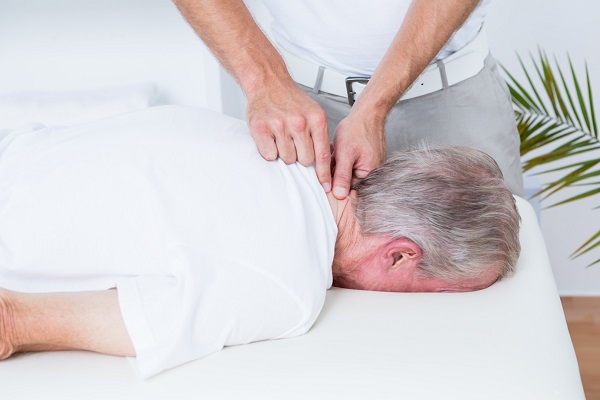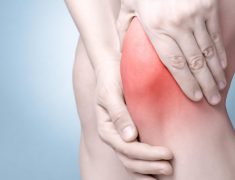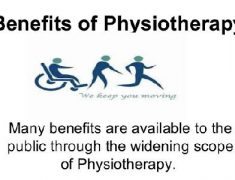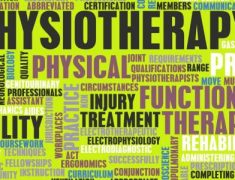Neck pain is one of the most common ailments faced by the majority of us out there. Although a tiny percentile of these is serious, neck pains account to disability in some cases if not treated correctly. They usually last no longer than a week with subsiding pain since the initial onset. The neck is a vital part of the body that helps us interact with our environment, by providing mobility to our head which houses the majority of our sensory organs.
The neck connects our head with the trunk and limbs and is a protective extension for the nervous system that runs the entire body system. The neck provides a secure channel for nerves and blood vessels between the brain and the rest of the body. It supports the near 5 kg head while giving it mobility. The spine begins at the top of our neck and runs through the back of the body.
There are 33 bones called vertebrae that are stacked upon each other to give flexibility and protection. The top 7 vertebrae make up the neck, also called the cervical spine. These are numbered during scans to identify for medical diagnosis. Let us try to discover more about how it starts, whether to seek medical attention and the treatment procedures available.
More Info About : Physiotherapy For Seniors: How To Stay Active After 50?
What Causes Neck Pain
Often the structures involved with neck pain are muscles and ligaments that support the neck, cervical facet joints, cervical discs, neural structures. Depending on the degree of force that caused the injury, it may be Traumatic or atraumatic neck pain. Depending on the occurrence of the episode, the pain may be acute, chronic or episodic. Acute pain is when it has lasted for less than 6-weeks. Chronic or persistent pain when endured over 12-weeks. Episodic pain when episodes of the same type of pain and injury recur. A stiff neck due to a sprain to the muscles or ligaments of the neck is called “Acute wry neck”. It occurs when waking up from an inept sleeping position or turning the head wrong.
Postural neck pain is by strain on neck joints and muscles. It occurs due to wrong postures, especially continuous hours in front of computer, phone or tablet screens, lying on the couch in front of the TV. Thinning of the intervertebral discs due to age, or changes to the joints due to arthritis, causes Cervical spondylosis. It is a stiffness of the neck, causing soreness often in the mornings. Whiplash is general neck pain and stiffness by sudden forceful movement of the head. Caused during vehicle accidents, or falls during sporting events. The pain subsides within a few weeks of the incident.
Although neck pain is plenty of trauma in itself, it is often a precursor to another. Headaches, Arm Pain, Pins and needles in your hand and arm, Tight upper back, Sinus pains are few of the ailments that are closely connected to neck pain. Upper neck problems from poor posture, stiffness, joint inflammation, strain or lack of muscle control can overly excite the lower brain stem and result in headaches or migraines. Arm pain or pins and needles in your hand and arm occurs due to nerve roots coming out of the cervical spine compromised by bony spurs around the neck joint, inflammations or disc changes. Tight upper back could occur from pain due to changes in the lower neck joints. Stiffness of the outside part of the vertebrae that moves against it, inflammation of the discs, wear and tear are reasons leading to lower neck joint problems. Sinus pain could be caused by neck related trigger points.
A few causes of neck pain are:
- Sedentary style of work
- Poor health and routines of fitness
- Improper physical posture during driving, sleeping or sex
- Frequency increases with age
- Family derived diseases and disorders
- Previous occurrence leads to repeated episodes
- Anxiety and depression are often indicative
When To Diagnose

Although neck pain is a temporary ailment, in case of severe pain that is recurrent and persistent, it is highly advisable to seek medical attention immediately. Repetitive patterns in neck pain symptoms suggest the proper diagnosis and correct treatment in each case. In breaking down the pain causes and effects, the physiotherapist may be able to help you out accordingly. Tracing back to how the injury occurred helps in understanding the amount of damage. Finding out the points of pain, how it hurts, how the pain could get worse or better, helps in analyzing the ligament or muscle strains quickly enough.
In some instances of suspected fractures scans are advised, such as major traumas or elderly patients. Possible tumours, infections, cancer history all better be treated after detailed scan reports. Medication is usually painkillers that could lower the pain sensation and does not address the real issue. Physical or cognitive treatment or ultimately, physiotherapy is the final answer. Treatment is carried out by spinal physiotherapists after a thorough physical examination. This includes observing postures, feeling the muscles, moving the neck, assessing the strength of the muscles, testing sensation and reflexes and recreating pain during specific movements. Questioning the patient, physical observation and scan reports are plenty of evidence enough to go ahead with the treatment.
Common Treatment Procedures
Highly trained physiotherapists lead the treatment. Pain specialists and other specialist physiotherapists act together for specific treatment. Psychologists support the patient to cope with mental stress. Exercise physiologists having specialised training with Neurosurgeons and Spinal Surgeons get consulted in case of advanced treatment or surgery. Interventional radiologists assist them in diagnosing injuries.
Spinal Physiotherapists have expertise in spinal conditions. They quickly identify movement patterns and can relate pains specific to each patient. In severe cases of disc problems, discectomy gets advised. In this, the disc is entirely or partially cut out by minimally invasive procedures. They have the highest results rate with minimal muscle disruption and decreased recovery time.
One must take into consideration seating posture ergonomics in case of sedentary work culture. Refrain from a fixed posture of watching the TV, phone or tablet screens for prolonged durations. Give ample rest for neck, shoulder, back and arms during or after whatever physical activity you take.






